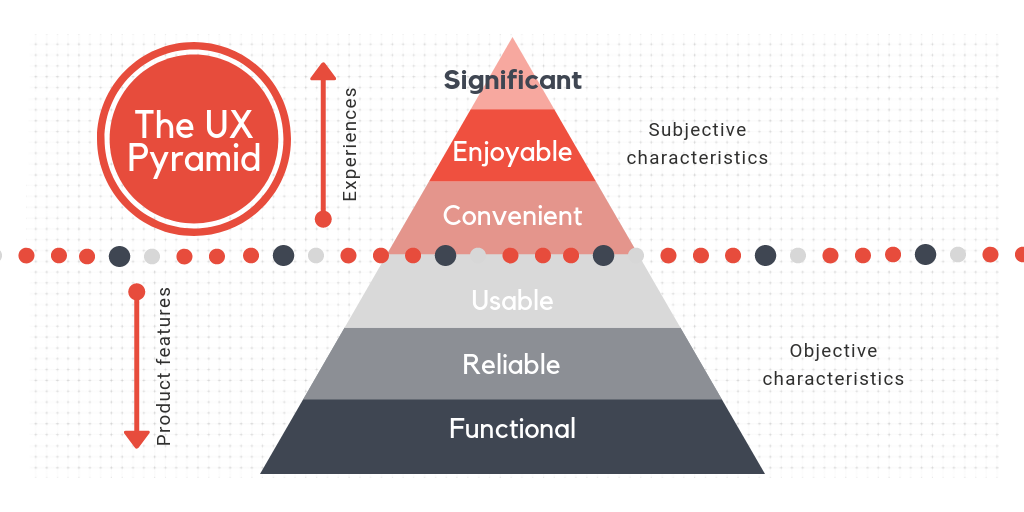Heuristics in UX Design: Achieving Clarity, Constraint, and Consistency
Introduction
Heuristics, derived from the Greek term “heuriskein” meaning to discover or find, play a pivotal role in enhancing User Experience (UX) design. Coined by Jonathan Isernherr in the book “Designing for Good: Principles of Universal Design,” heuristics provide a practical guide for designers and developers to optimize user experiences. In this article, we delve into the historical context, fundamental principles, and the profound impact of heuristics on UX.

Historical Background of Heuristics
The term “heuristics” was first introduced by Jonathan Isernherr in the 1990s. This set of principles, focusing on user interfaces and interactions, has become a fundamental cornerstone in the development of websites and software.
Fundamental Heuristic Principles
-
Clarity: Information should be presented in a way that is understandable and clear to users.
-
Constraint: The user interface should guide users in the right direction, minimizing errors through effective design constraints.
-
Consistency: Consistent design elements create a unified and harmonious user experience.
Impact of Heuristics on User Experience
Heuristics have a profound impact on user experience:
-
Ensuring Understandability: Designers strive to present information in a way that users quickly comprehend.
-
Reducing Errors and Mistakes: Through constraints and user-friendly guidance, the likelihood of errors is minimized.
-
Enhancing Consistency and Stability: Consistent design fosters compatibility across pages, resulting in an improved user experience.
Challenges and Proposed Solutions
While implementing heuristics, challenges may arise, such as:
-
Diverse Content and Principles: Adapting heuristics to diverse content and emerging technologies requires ongoing exploration.
-
Balancing Understandability and Aesthetic Appeal: Striking a balance between presenting information clearly and creating visually appealing designs is essential.
Successful Examples
Leading companies, including Apple, Google, and Airbnb, have successfully integrated heuristic principles into their design cultures, providing users with outstanding experiences.
The Future of Heuristics
Given the continuous evolution of technology and shifting user needs, the future of heuristics necessitates ongoing review and adaptation to meet new requirements. Designers must consistently reassess these principles to keep them up-to-date.
Conclusion
This article has explored the application of heuristics in UX design, offering robust guidance for designers and developers. By effectively implementing these principles, designers create a unique and differentiated user experience for their audience.